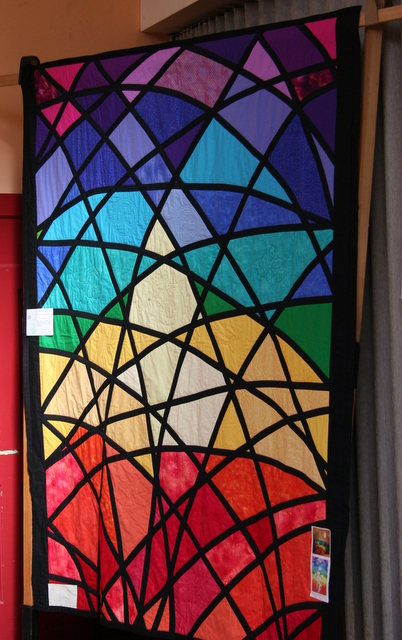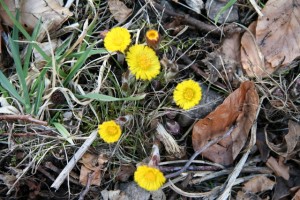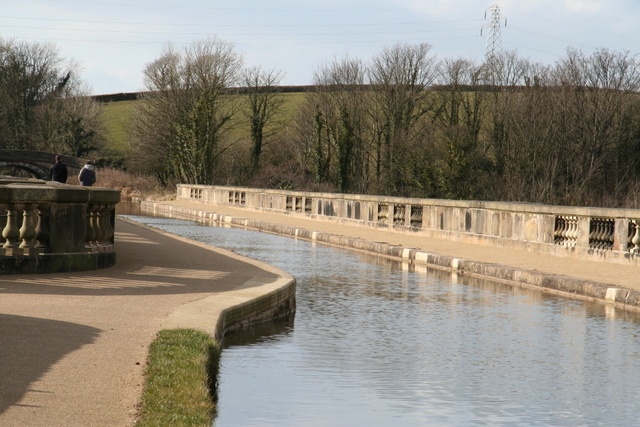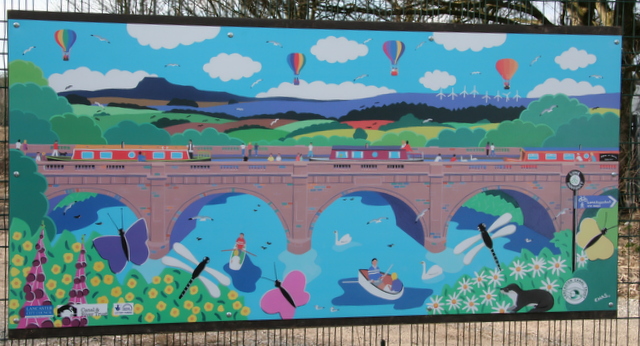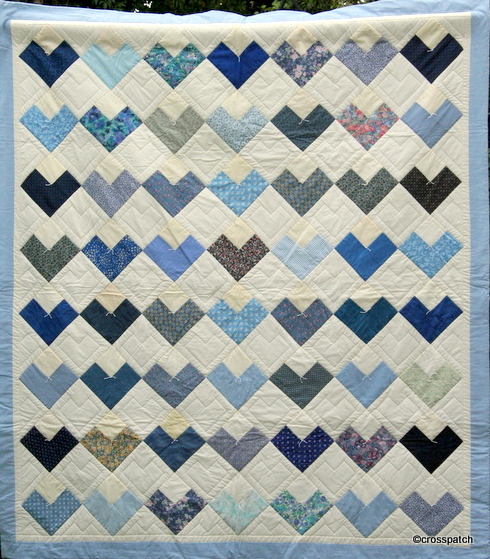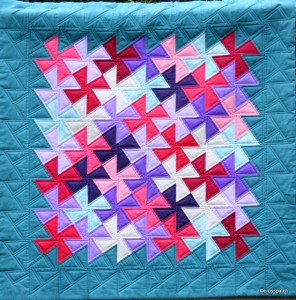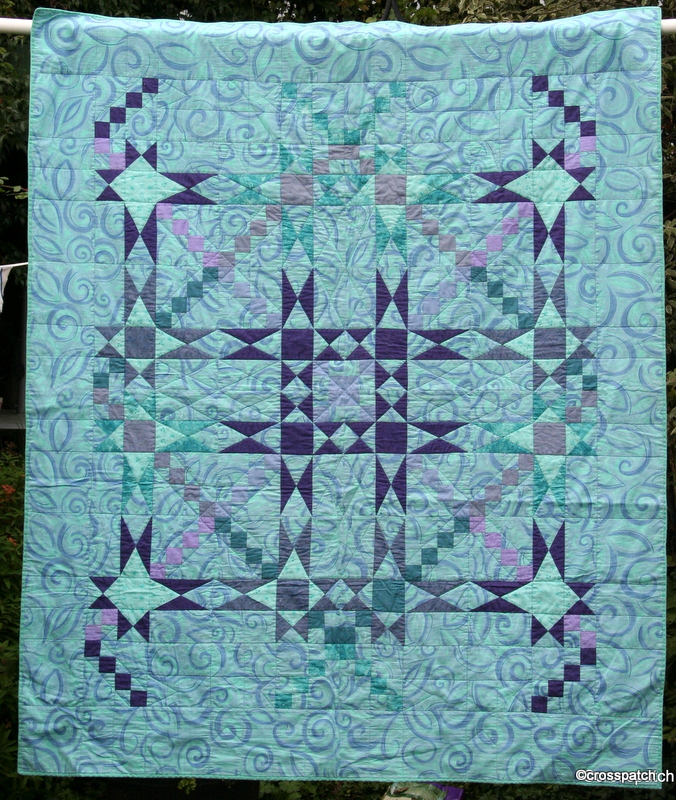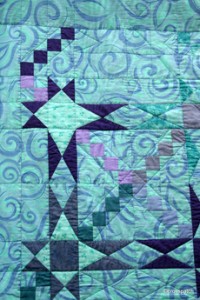Last night I attended my Quilting group meeting, the committee members were very industrious in collecting together all the exhibits for our exhibition which is being set up today , and will open tomorrow 21.04.2013.
We had a very funny talk given by Chandra Law a lovely lady who came to tell us about batik as it is made in her native Malaysia, she had us in tucks of laughter remembering her first visit to Britain as a wide eyed young bride to be, and went on to tell us of the craft of batik and how it is taught in schools in Malaysia, she showed us many beautiful pieces of work of her countrywomen, both in silk and cotton, and demonstrated how to wear and tie a sarong, and how not to!
Chandra’s husband Richard demonstrated how batik is made and brought along some of his own work to show us. I really enjoyed the evening and would recommend anyone to hear Chandra speak if you ever have the chance. Find them at www.silk-batik.co.uk
Next month is our AGM and Jacobs Join , I very much fear I may have volunteered myself back on to the committee, oh dear, really, how did that happen? Well we all should expect do our bit to help run the group, or it won’t run, after more than 25 years it would be a shame for Garstang Patchwork Quilters to fold for lack of volunteers.
See my previous post for details if you are near enough to visit our exhibition, do come if you can, we only exhibit biennially, and the money raised is going to the North West Air Ambulance this time.
Category: life
Stained Glass Window Quilt
Eek, no pattern, no instructions, just an image. So Mum set about it valiantly, scaling up the image then drawing it onto a backing layer, sourcing the fabrics, so many colours, so little time.
Here’s a quilt my mother made for her granddaughter to celebrate her 21st Birthday, Sally found the design in a book and brought it to Mum, “Grandma, I’d love this for my 21st Birthday, could you….?
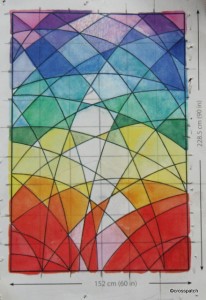
Eek, no pattern, no instructions, just an image. So Mum set about it valiantly, scaling up the image then drawing it onto a backing layer, sourcing the fabrics, so many rainbow colours, so little time.
Each fabric piece was individually cut to fit the space on the backing where that colour belonged, and stitched to the backing along the very edge of the piece, so that the black bias binding used to “lead the windows” would cover the stitching. It was then quilted with images relevant to Sally’s life, the logo for her university, The University of Cumbria; a Dragon, because she was born in the Year of the Dragon; a set of Scales for a Libran; two Trefoils to represent the Guiding Movement; the logo of the University of Lancaster where she teaches swimming and a Gerbera to remind her of her Prom Night.There is also space for more quilted memories as they occur.
The quilt was displayed at the last Exhibition our quilt group had two years ago , the best photos of this quilt have my mother standing proudly in front of it, but she would KILL me if I published a picture her on my blog, so this one will have to do.
The Garstang Patchwork Quilters’ next exhibition is 19th to 21st April 2013, find us at Bilsborough Village Hall on the A6 north of Preston,Lancashire, UK. I’ll be there on Saturday morning, see you there.
Elegy to a Country Churchyard
Charlotte Bronte would not have looked out of place wandering amongst the gravestones outside this grand old dame with her tiny medieval doorways and leaning walls

Having planned to go out on Sunday with our cameras, we took the 16 year old to Churchtown an ancient village nearby, mainly because although the sun shone and the day was mild and dry, there is still little evidence of spring to brighten the day and gladden the heart.
I do enjoy wandering about a country churchyard occasionally, this one made me think of Victorian lady novelists, Charlotte Bronte would not have looked out of place wandering amongst the gravestones outside this grand old dame with her tiny medieval doorways and leaning walls.
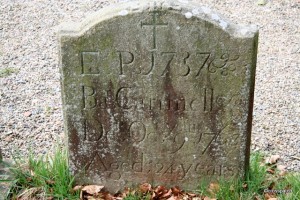
The crocuses are just blooming and still picture perfect.
We walked down the high street and found a house, old and uncared for almost derelict, how I would love to get my hands on that when it finally comes up for sale, what a development project, how beautifully and sympathetically I would love it back to life. Sadly I won’t have the wherewithal, no doubt some property developer will buy it and “modernise” the heart out of it, and sell it on for a King’s ransom. Such is life. Beside it we found a strange thing, an old red phone box, of the type which generally no longer exists in villages. This one is a free to use phone, not economical to run as a pay phone, the phone company BT have simply left it operational but no longer empty the coin box, so allow it to be used, Gratis!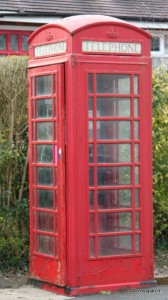
Opposite is this picturesque post box set in the brick garden wall of the house which in turn faces the Old Post Office now a private house, it still has its Victorian shop front.
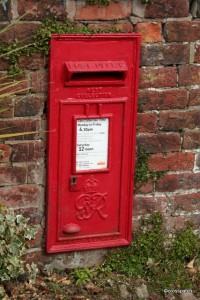
This tiny village boasts two public houses one a famous gastro pub, The Punchbowl, I haven’t been inside for 30 years but remember very clearly being accidentally squirted in the eye with a lemon by my friend, ouch! The other pub has lain empty for some time now, so I was really pleased to see it reopened and spruced up, perhaps I’ll take the old folks for lunch, on the way to the Quilt Exhibition in a couple of weeks time.
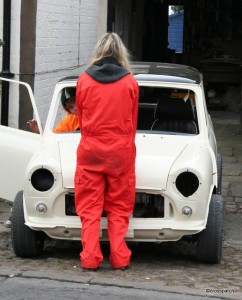
We came across a delightful young couple, who were working on a little mini car, they were renovating it meticulously, the interior was all new leather, the body work resprayed, and they were polishing the chrome fittings the grill and headlights. They looked so young; the car they were working on must have been older than both of their ages, combined. I hope they enjoy having such a great little car.
A Spring day on the edge of never ending Winter.
He missed a wonderful view of a snow capped Ingleborough in the distance.
Here we are in the last days of March, Easter has arrived but spring is yet to be sprung. The sun was finally shining and the temperature mild so My Dearest and I went for a walk this afternoon. I took him to see the Aqueduct, a beautiful late 18th Century stone built bridge which carries the Lancaster Canal over the River Lune.

Opened in 1797 it has recently been refurbished as part of a scheme to reopen the river path which was once known as Ladies Walk, but has become unloved and surrounded by industry. New paths have been built and undergrowth cut back to allow walkers and Cyclists a better view of the river.
We walked from the Aqueduct to the Viaduct, which carries the motorway over the River. What a striking difference we were faced with, from the beauty and elegance of 18th century engineering, to the rough brutalism of the mid 20th century.

I can’t help thinking what a pity it is that beauty is less often a consideration when designing our built environment. Did no-one think “this bridge will stand for centuries let’s make it something to admire”? They did in the 18th century. But then in the 18th century the built environment was built by educated men of wealth (well that which still stands was) who wanted to make their mark and be proud of it.
We were disappointed to find very little evidence that spring is here, no fresh green leaves no spring flowers only a lonely group of colts foot pushing through the debris of last Autumn, and a solitary group of snow drops amongst the briars.
I climbed the banking from the Riverside up to the canal path with my Dearest,however he doesn’t do heights, when he saw how high it was he went back down while I walked the canal path.
He missed a wonderful view of a snow capped Ingleborough in the distance. I wish I had a better lens on my camera to capture that scene, but then my camera is heavy enough, any heavier and I wouldn’t carry it, and then none of these pictures would have been captured, there has to be a balance in life.
In the car park we found an image on the railings, it’s a copy of a work by a local Artist Chas Jacobs I have a number of prints of his work, I love the bright colours and naive images of familiar local landmarks. this one has the aqueduct in the foreground and Ingleborough in the background.
Warm hands; Cold heart, or so the saying goes.
Some of the creams are evidently different from their neighbours, if one person had made all the blocks, all the creams would match
I do have warm hands, always, and so I make lousy pastry, the saying would have me cold hearted too. Blue hearts may look cold too but they make an easy to make, simple quilt.
The quilt belongs to my mother, I don’t actually remember it being made but I’m pretty sure it must be a block of the month challenge, each heart just a four patch; 3 blue squares and a cream one, set on point alternating with plain cream squares. Some of the creams are evidently different from their neighbours, if one person had made all the blocks, all the creams would match, or there would be a selection of creams carefully placed to balance across the quilt.
It’s such a simple rustic quilt , quilted and tied, no need for anything elaborate.
Let’s twist again like we did last Summer
it’s never a good idea to use bias cut fabric , bias cut edge to bias cut edge if you can avoid it, but if you cut same size squares on straight grain, and
join then alternately bias cut edge to straight grain edge, you can produce a string of coloured squares to use as a border,
These two quilts are another mother and daughter effort, the first is mine using my favourite bright colours, with black. The second is my mother’s, rich colours which tone beautifully together.
The block is known as Twister, it looks rather complicated, and whilst it does take some planning and a large workspace is helpful it is actually fairly simple to achieve.
First task is to cut out squares and put them together in a grid bearing in mind that each square will tessellate with its neighbouring squares in the finished article, so each square should be sufficiently different from its neighbour to give the definition you want.
Once you have a grid maybe 20 percent larger than the finished article you plan, you take your scissors to it cutting it up using a template guide. At first it may seem that there is a profligate waste of fabric as you do cut to waste. A large bias square is cut from the centre of each square, I set these aside to use in the border. As each new square is cut diagonally from the fabric with the intersection of the squares as the centre of the new squares you cut, you should then rotate the square 90 degrees and set it back next to its neighbour. You will find they begin to tessellate; now you see why you need to have a large workspace, because you need to set out the entire quilt top, each piece placed by its neighbour, to get the placing correct.

You will have a collection of little bias cut squares left over, now it’s never a good idea to use bias cut fabric , bias cut edge to bias cut edge if you can avoid it,because both edges will stretch. If you cut the same size squares on straight grain, and join them alternately bias cut edge to straight grain edge, you can produce a string of coloured squares to use as a border, it will still stretch a little if you are not careful, but at least there will be no waste. I cannot bear waste.
The first quilt I made in this pattern I can’t find a photo of, probably because it was photographed long before I discovered digital photography, in fact it may have been made before digital photography existed.( Do you know how old that makes me feel?) It was a cot quilt made for a friend at the birth of her daughter, and was in pretty pinks and blues and on a very small scale, hand quilted in circles.
Every quilt deserves a label
If the label goes on before the quilt is put together and quilted through, then it’s difficult to remove, it can only be covered up by someone who might wish to change its history or attribution, ( I mean pass it off as their own) later to be happily rediscovered, when the stitching begins to come apart.
I have used a spare apple core for the quilt label, and my lovely Janome sewing machine supplied the pretty script to write the words, “Scrappy Apple Core Quilt” My name and the date. It’s really important to put a label on the back of every quilt you make and to put it on before you put the quilt together and quilt it. Why? Many reasons; posterity for one, if your quilt is treasured and survives for hundreds of years as some do, the owners will one day wonder who made it, when and why – so tell them.
Quilts are used to evidence the history of fabrics and fashions but only if they can be reliably dated. Let the historians be happy to have found a dateable treasure in your quilt.
If the label goes on before the quilt is put together and quilted through, then it’s difficult to remove, it can only be covered up by someone who might wish to change its history or attribution, ( I mean pass it off as their own) later to be happily rediscovered, when the stitching begins to come apart.
If the quilt is made specifically for a person or to celebrate an event in someone’s life, then put it on the quilt label, but be warned….. I once heard of a quilt that was made to celebrate a marriage, it took so long to make that the couple had divorced before it was completed.
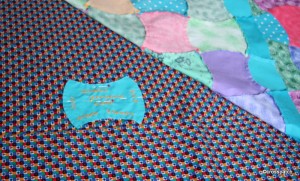
The backing was a happy find in my stash, it’s what was left over from the backing of a much larger quilt, the left over piece was too wide but not long enough, however there was a long strip that I cut off the side of the previous quilt backing, so I managed to stitch on the strip and make a square big enough for the backing of this quilt. There’s a little bit over, perhaps it will back the cushion I might make to go with the quilt. And there’s even enough for the hanging sleeve, how lucky is that!
A new quilt every time we redecorate; madness.
Quilts are for using, and enjoying, signs of wear are badges of honour for a quilt.
Here’s an idea for a quick quilt to match your bedroom décor. This quilt was made by my mother for her granddaughter, my sister’s daughter. Sally had recently repainted her bedroom and her mother had bought her new bedding to tone in with the Lavender walls. Her old quilt no longer fitted in with this new colour scheme, and a new quilt was required.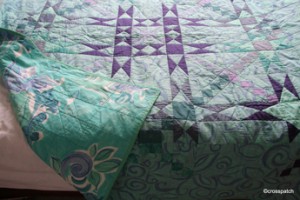
My mother, went back to the shop where the bedding had been bought and bought a king size duvet cover in the same pattern, one side had very large cabbage roses printed on it, not suitable for cutting into small pieces, so that side would be used for the backing, the other side an easier fabric to cut up being an all over swirling pattern.
Using small amounts of toning fabric, a paler green Broderie Anglaise, bright and greyed Lavenders, dark Blue, and Teal green, with large amounts of the duvet fabric in an oversized 18inch block, she achieved a pattern apparently floating in space.
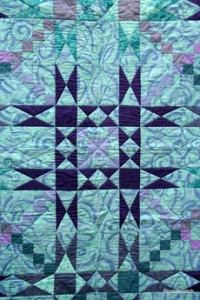
I have been looking at the photographs trying to see where the block begins and ends. I think it’s an asymmetric 4 patch block, 4 of which are placed in the centre of the quilt each one rotated 90 degrees from its neighbour. There’s an extra half block strip top and bottom to make the quilt rectangular.It was a lovely quilt when it was made, and a great idea for making a quilt to tone in with an existing décor.
The bedding was polycotton and has long since worn out and been made into dusters, and the quilt, although still in existence, up close has the appearance of worn poly fabrics, stray fibres pilling across surface. I think I could shave them off with a safety razor to improve the appearance, but to be honest I like the fact that it shows wear and tear, it is what it is, and sometimes when well used quilts are a little tatty, they invite further use. No longer preciously perfect, they can be used, thrown about, even sicked on without conscience, and enjoyed.
When I see a quilt which has lived it’s life packed away in a drawer kept for best, or for a wedding day which never happened, I feel sorry that someone’s handiwork lost its purpose, and the point of its making was missed. Quilts are for using, and enjoying, signs of wear are badges of honour for a quilt.
Lovely weekend in Lancaster
Lancaster is technically still a Port even though the river silted up over a century ago, the lovely 18th century Quay side with its bonded warehouses and handsome Georgian Customs House has not seen a ship since the days of sail.
(16.02.2013) Saturday arrived bathed in sunshine, after a cold wet winter it was a God given day of clear blue sky and crystal clear air that gave a hope of spring. After an early appointment at the hairdresser’s to get my grey as a Badger roots covered, my Dearest and I drove to Morecambe, a nearby seaside Town so that we could walk on the promenade in the sunshine. Typical then that as we arrived hazy cloud appeared and the sun struggled a little but continued to do it’s best to warm the day.
We came across this sad old dinghy filled with rainwater and beach pebbles to prevent it blowing away in the winter storms, and wondered how long it had sat there disused and forgotten, filled with water rather than bobbing about on it. The LR on the side of the boat indicates that the boat or more likely the larger boat, for which this was the tender, is registered by the Port of Lancaster authorities.
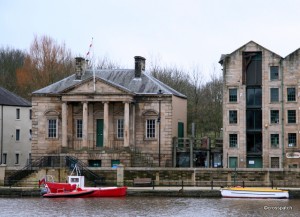
Lancaster is technically still a Port even though the river silted up over a century ago, the lovely 18th century Quay side with its bonded warehouses and handsome Georgian Customs House has not seen a ship since the days of sail.
The Port of Lancaster is now situated further down the river estuary at a tiny village called Glasson, Glasson Dock used to have a dry dock for ship repairs, which was filled in and built over in the late 60’s, I can just about remember it.

The dock itself is tidal, and has great tidal gates which are opened only when the tide is high to let vessels in or out, and then closed to hold the water in the dock as the tide drops. At the landward side of the dock is another lock gate which allows smaller vessels into the marina and from there by another lock gate onto a spur of the Lancaster canal.

Sunday dawned another beautiful sunny day, cold but bright, we went with the 16 year old to Glasson Dock in hope of the opportunity to take some photographs, but there was little that captured our eyes or imagination, and the warm fireside beckoned.
Today was another day like Saturday, mild, sunny not a breath of wind, three days sunshine in a row, in February, how lucky is that? So this time we walked the river path on an old railway track long since decommissioned from Conder Green to Stodday and back, the route shared with cyclists, dog walkers and Mums with young children on foot, bike and scooter, just enjoying unseasonable sunshine.

From the river path we could see Glasson Dock on the horizon. My lovely day was marred by nagging worries about things I needed to achieve at work, which were not being progressed in my absence, how silly!
Note to self, stop worrying about all the things which are not getting done, and enjoy the thing you are doing.
Christmas cards
Sometimes I receive a Christmas card which I like too much to throw away on 12th night. this is one way to preserve them.
Sometimes I receive a Christmas card which I like too much to throw away on 12th night.
I tend to keep some maybe just in case no-one sends me a card next year! Perhaps when I’m old and friendless I’ll be able to put up cards that I have kept and still feel surrounded by the love of old friends, who are no longer around to send cards.

This card I loved so much I wanted to make something with it, so I decided to frame it, it will still get packed away with the Christmas decorations and come out every year but it will not get tatty or bent out of shape.
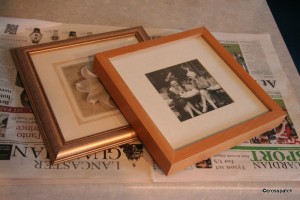
I took charity shop frames,
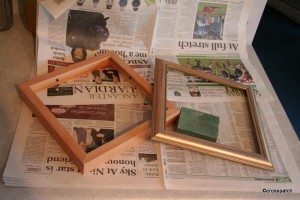
sanded and spray painted them,

used red wrapping paper to mount the card on.

Wanting to have something to hang alongside it and not being able to find another card of a similar type I bought a little felt tree decoration, from a budget store, it doesn’t entirely work , I’ll keep looking out for another paper cut card.

